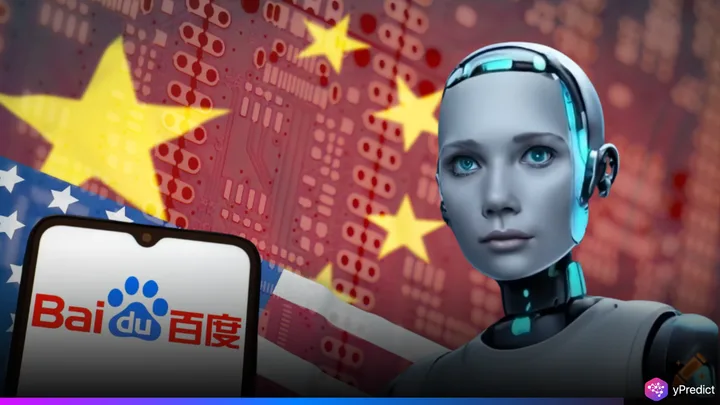
Two of China’s biggest tech companies, Tencent and Baidu, are showing how AI innovation can survive without top-tier U.S. chips. In recent earnings calls, both firms detailed their response to tighter American export restrictions on semiconductors. The U.S. has limited access to high-performance AI chips from firms like Nvidia and AMD. These chips are crucial for training powerful AI models. Yet Tencent and Baidu say they’re adapting fast through smarter software, smaller models, and Chinese-made chips. Their efforts show how China’s AI sector is adjusting in real time, despite growing trade tensions and technological barriers.
Tencent and Baidu Focus on Efficiency, Not Size
Tencent and Baidu are shifting their approach to AI, focusing more on smarter software and efficient design than sheer hardware power. Tencent President Martin Lau said the company has a strong inventory of high-end chips already. These are mainly GPUs, graphic processing units, which are critical for training large AI models. But instead of racing to expand GPU clusters like U.S. firms, Tencent is refining its software to get more done with less.
Lau also said Tencent is exploring smaller AI models that need fewer computing resources. This means the same tasks can be done with less hardware, reducing dependence on foreign chips. “We should have enough high-end chips to continue our training of models for a few more generations,” Lau explained. Baidu, meanwhile, promotes its “full-stack” AI system. It combines cloud computing, AI model design, and end-user applications like its ERNIE chatbot. The company says this structure makes it easier to optimize performance, even without the most advanced chips.
Smart Software Helps, But Hardware Limits Remain
By improving software, both Tencent and Baidu say they can stretch the value of every GPU they have. Baidu’s AI Cloud president, Dou Shen, said the company has lowered model costs because it controls the full tech stack. “Even without access to the most advanced chips, our full-stack capabilities enable us to deliver meaningful value,” he noted.
However, working around chip shortages isn’t without challenges. China is still behind the U.S. in making high-end AI semiconductors. Domestic chips are improving but remain less powerful than those made by Nvidia or AMD. Analysts say Chinese firms are stockpiling chips and relying more on local suppliers. Gaurav Gupta, a semiconductor analyst at Gartner, said China’s chip sector has had “decent success,” but it’s still catching up.
Critics of the U.S. export rules argue the policy may backfire. Nvidia CEO Jensen Huang recently called the restrictions a “failure” that hurts U.S. companies more than China. Meanwhile, Chinese firms say they’ll keep focusing on software-driven gains to sidestep those limits.
Can Smarter AI Keep China Competitive Without U.S. Chips?
China’s major tech companies are proving that innovation doesn’t always require the best hardware, just better thinking. Tencent and Baidu are betting on smarter AI models, efficient training, and homegrown chips to fuel future growth. These steps highlight a larger trend: AI development may soon rely more on intelligent design than raw computing power.
Still, gaps remain in China’s hardware capabilities. As chip curbs tighten, the pressure to close that gap will grow. The future of China’s AI race may depend not just on clever software, but also on how fast its domestic chipmakers can improve. For now, China’s top tech players are staying in the game, chip limits and all.






